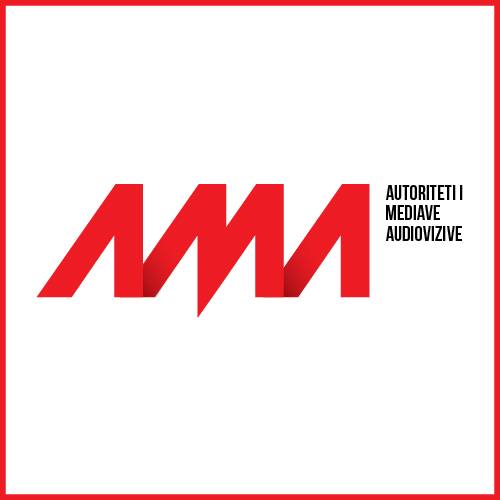The sexual abuse news of a minor within her family drew the attention of nearly all audiovisual medias, which dedicated airtime both to the event’s unfolding and background, as well as to the pressing need for specialized support and assistance for victims of such cases.
While the high level of public sensitivity surrounding the incident may provide sufficient grounds for media coverage, particularly by audiovisual media, it must not diminish, let alone override, the responsibility that the media bears and must necessarily demonstrate in how the issue is addressed, in its approach to the victim and other affected individuals and in the analysis or conclusions it presents to society.
Following the incident’s media coverage review, during which 16 audiovisual media service providers were monitored, the Audiovisual Media Authority found that, although the overall reporting standard was generally characterized by professionalism and care for the victim protection, the specific approaches taken by individual outlets varied may be classified as: fully compliant, partially compliant, or in deviation from the ethical principles set out in the applicable legislation and bylaws.
Fully compliant coverage (4 cases) was characterized by the strict protection of the minor’s personal data, the avoidance of circumstantial details that could lead to indirect identification and a careful, informative approach free from sensationalism. In the partially compliant cases (3), although the disclosure of the victim’s personal details was avoided and concealment techniques were applied during interviews, house footage and informations about the residence were broadcast, making indirect identification of the minor possible. The most flagrant ethical violations (9 cases), observed both in live news reporting and in follow-up programs, were related to the full identity publication of the accused and the suspected victim’s mother, the inclusion of unnecessary identifying elements from testimonies, exterior and interior footage of the victim’s home, as well as the mother’s interview in a distressed emotional state, which was broadcast without the use of protective concealment techniques.
Based on the above, the Audiovisual Media Authority issued formal warnings (in 9 cases) regarding the violations of the aforementioned provisions, requiring the immediate stop of any rebroadcasting of the respective materials, as well as their removal from the relevant YouTube channels and any other online presence, reminding the service providers that repeated violations are subject to sanctions in accordance with the applicable legal provisions. For the partially compliant cases (3), the Authority brought to the attention of the audiovisual media service providers that, despite their efforts to respect ethical broadcasting standards, the publication of circumstantial information, which also leads to the victim’s indirect identification, had nonetheless occurred.
In parallel with its administrative communication with the service providers and considering that the initial source of the circumstantial and social data revealing the identity of those affected by the alleged sexual abuse of a minor within her family was a notice issued by the State Police, the Audiovisual Media Authority Chair also addressed the General Directorate of the State Police. Referring to the “Integrated Child Protection System” and the “Best Interests of the Child” principle promoted by the Law “On the Rights and Protection of the Child”, the Authority reminded the police of the comprehensive societal obligation “to protect child’s privacy in all circumstances”.
Beyond its case-by-case communication, the Authority, in the framework of its ongoing commitment to the child’s best interests, finds it necessary to address media professionals with an appeal for greater awareness, calling for professionalism, sensitivity and the implementation of more effective self-regulatory measures, in line with the obligations set out in Law No. 97/2013, “On Audiovisual Media in the Republic of Albania”, as amended, the Broadcasting Code and other applicable bylaws.
Dear Colleagues,
Avoid reporting that leads to the child’s direct or indirect identification involved in a serious incident!
Respect every individual’s right to refuse to be interviewed!
Refrain from asking questions or making comments that may harm the child or force them to relive traumatic events!
Do not exploit such events through sensationalist approaches that disregard the suffering, emotions and dignity of those affected!
Emphasize the importance of legal measures, community responsibility and professional support for victims!
The Audiovisual Media Authority calls on all parties for greater engagement and cooperation within the framework of the integrated system for protecting the child’s best interests. We express our confidence that both audiovisual media service providers and institutions will move away from evasive practices in their thinking and actions in this regard.
The Authority itself will continue to monitor the situation closely, reviewing all cases of non-compliance with legal requirements, referring them to the relevant editorial offices and responding in accordance with the applicable legislation.
Audiovisual Media Authority


